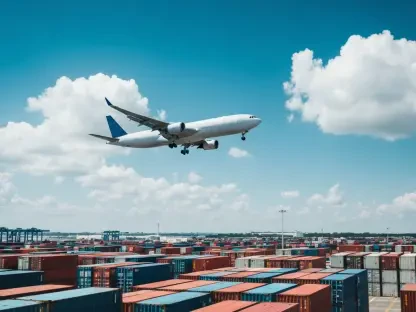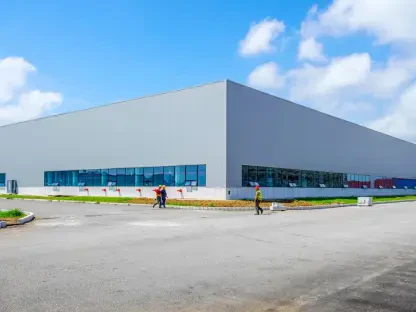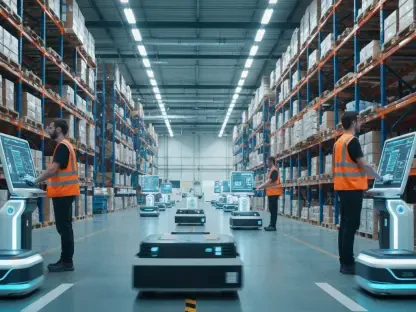In a world where efficiency and sustainability dictate the industrial landscape, the integration of digital twin technology within robotics emerges as a game-changer. Imagine a scenario where mechanical and control workflows are developed simultaneously, halving the time it takes for machines to reach the market. This is not a distant possibility; it is the new reality shaped by digital twin robotics. This technology allows companies like Schneider Electric to design and test virtually, significantly reducing investment costs and enhancing operational efficiency.
Features and Performance of Digital Twin Robotics
The standout feature of digital twin robotics lies in its parallel engineering capabilities. By enabling the simultaneous development of mechanical, electrical, and control systems, this approach effectively slashes commissioning time by up to 60%. The ability to synchronize these traditionally sequential processes not only accelerates time-to-market but also vastly improves efficiency across the board. This represents a substantial advancement toward a more streamlined engineering workflow, reducing both time and resources.
Moreover, virtual design and testing form a cornerstone of digital twin robotics, significantly impacting cost structure. Through digital twins, companies are capable of designing and testing machines in a virtual environment before any physical prototype is built. This shift from physical to virtual testing reduces the need for physical materials, cutting down investment and operational costs. Importantly, it supports the development of more sustainable technology, aligning product lifecycles with contemporary environmental standards and demands for rapid innovation.
Industry Innovations and Developed Trends
Digital twin technology continues to evolve, bringing transformative changes to the robotics sector. Recent innovations have enhanced capabilities enormously, integrating more complex feedback loops between digital models and physical entities. This continual interaction boosts resource efficiency and sharpens decision-making processes. Schneider Electric, for example, underscores the importance of energy efficiency and sustainability, affirming that their next-gen robotics exceed traditional methods by implementing these cutting-edge digital twin techniques.
Emergent trends suggest a bridging of the gap between real and virtual worlds, where data-driven insights continually refine physical operations. Developing trends in security are equally critical, as automation demands robust defenses against cyber threats. This is evidenced by compliance with international cybersecurity standards, aiming to minimize downtimes from potential breaches. Such proactive measures ensure that digital transformation aligns seamlessly with operational and sustainability goals.
Real-World Applications and Challenges
Digital twin robotics is not confined to a specific industry but spans a wide spectrum from manufacturing to logistics. In logistics, for instance, the use of digital twins allows for optimal fleet management, predicting maintenance needs before they arise. This proactive approach minimizes disruptions and elevates service longevity. In sectors like manufacturing, these technologies streamline complex assembly line processes and facilitate automated robotics.
However, digital twin technology is not without its challenges. Technical hurdles such as the integration of enormous datasets and ensuring seamless communication between digital and physical realms pose significant obstacles. Moreover, regulatory issues can complicate deployment, as standards and guidelines for digital twins in robotics are still evolving. Despite these barriers, ongoing efforts to refine regulatory frameworks and technological infrastructure offer promising solutions.
The Path Forward
Looking ahead, digital twin robotics promises to reshape industries further through innovative breakthroughs. As technology matures, the potential for fully autonomous, self-optimizing robotic systems grows, enabling unprecedented levels of efficiency and productivity. Future developments may include even more responsive systems, capable of real-time adaptations to changing conditions on the factory floor or within vehicular fleets.
The long-term impact of digital twin robotics will likely be profound, fostering a landscape where machines learn from each other and adaptively refine operations. The collision of analytics with physical operations can lead to smarter, more responsive industrial processes, creating a synergy that transforms both industry and society. As industries anticipate these changes, they must prepare for a future where digital twins are not just an advantage but a necessity.









